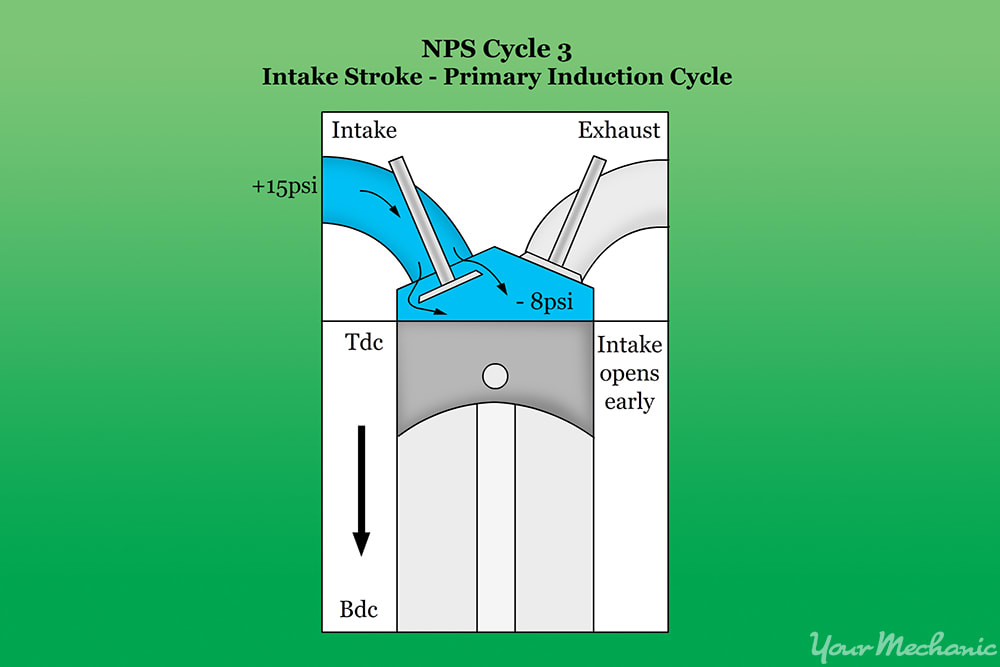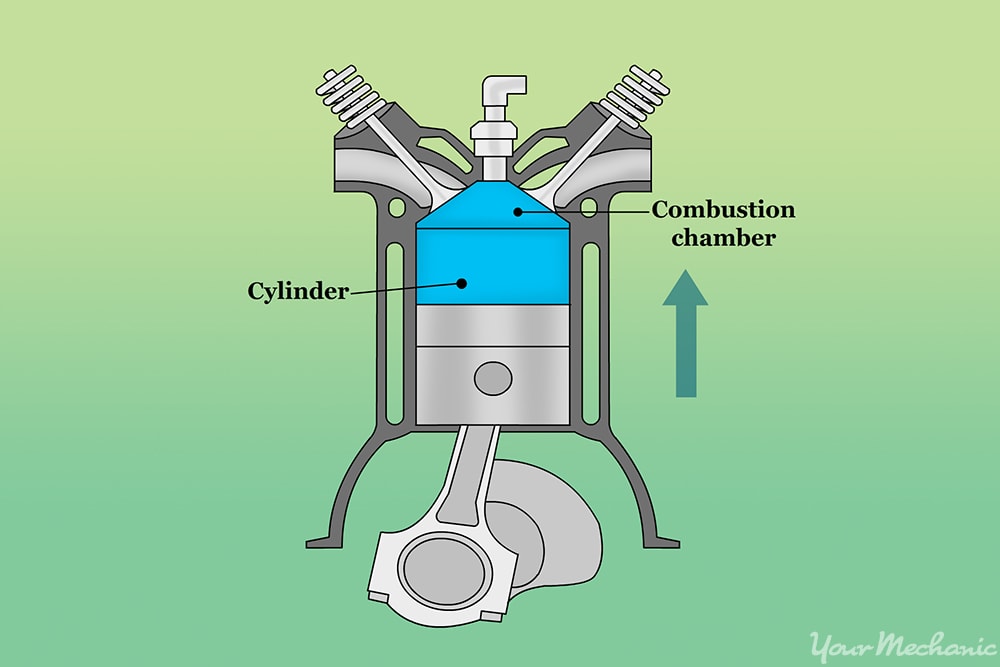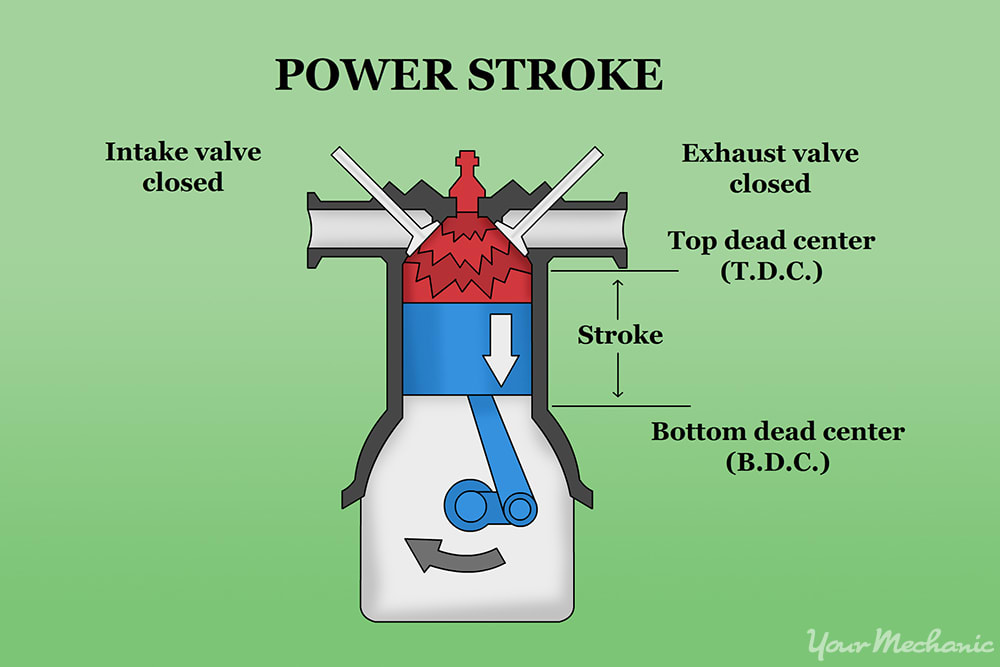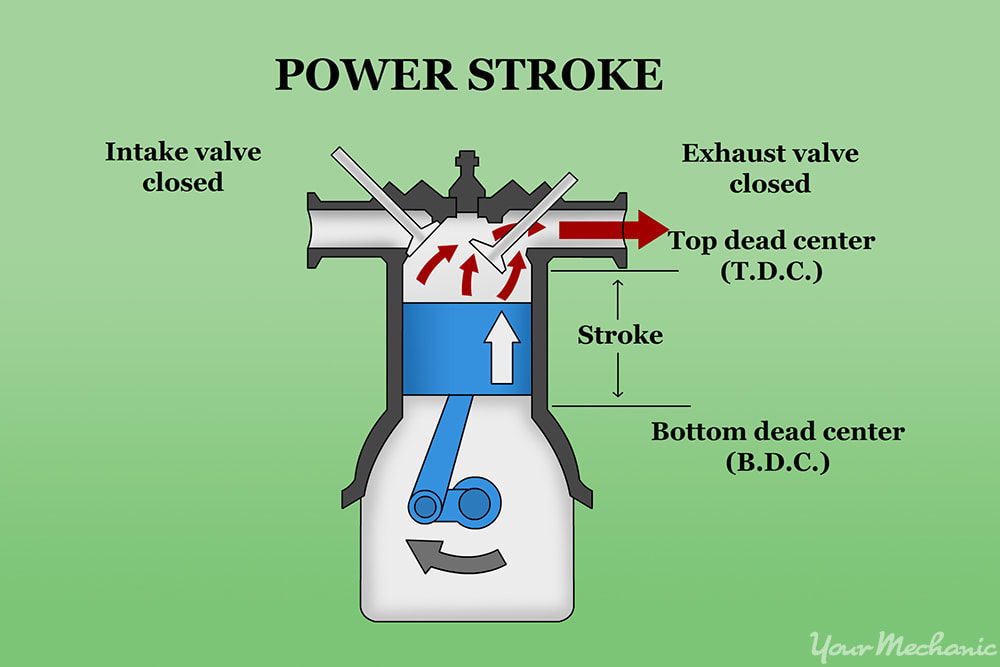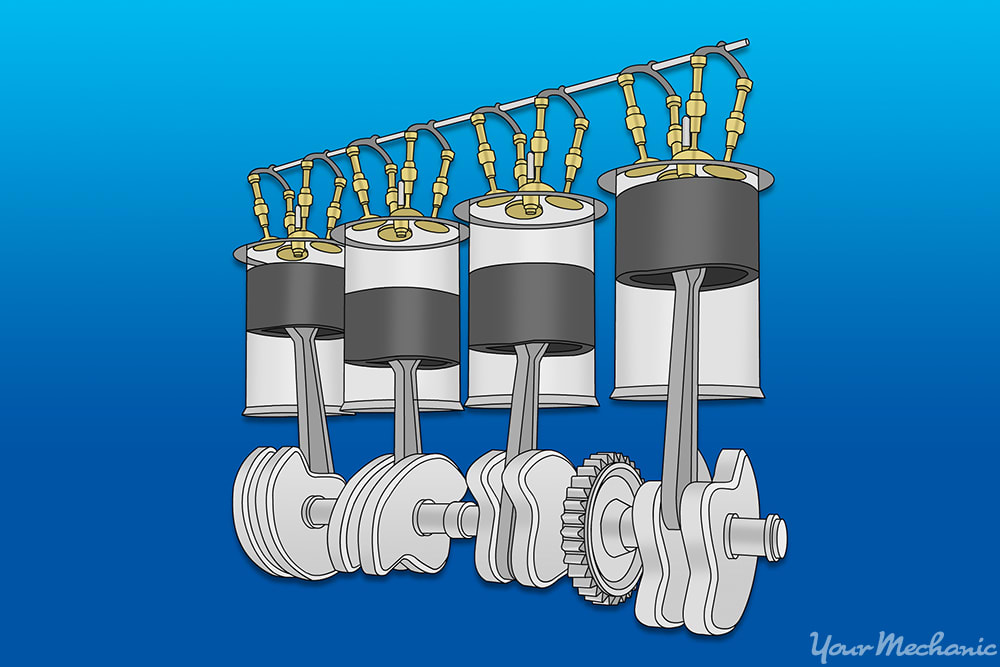

Though engines have evolved over the years, all gasoline-powered engines use the same principles to function. The four strokes that occur in the engine allow it to create horsepower and torque, and this power is what gets your vehicle going.
Understanding the basic functioning of the four-stroke engine can help you to diagnose engine problems and also make you a well-informed consumer.
Part 1 of 5: Understand the four-stroke engine
From the first gasoline engines to the modern engines built today, the principals of the four-stroke engine have remained the same. Over the years, much of the outer workings of the engine have changed with the addition of fuel injection, computer controls, turbochargers, and superchargers. Many of these components have been modified and changed over the years to make engines more efficient and powerful. These changes have allowed manufacturers to keep up with the desires of the consumer, while still achieving environment-friendly results.
A gasoline engine has four strokes:
- The intake stroke
- The compression stroke
- The power stroke
- The exhaust stroke
Depending on the type of engine, these strokes can occur numerous times per second while the engine is running.
Part 2 of 5: The intake stroke
The first stroke that takes place in the engine is the intake stroke. This occurs as the piston is moved down in the cylinder. When this occurs, the intake valve is opened, allowing a mixture of air and fuel to be drawn into the cylinder. The air is drawn into the engine from the air filter, through the throttle body, down through the intake manifold, until it reaches the cylinder.
Depending on the engine, fuel is added into this air mixture at some point. On a carbureted engine, the fuel is added as the air moves through the carburetor. On a fuel injected engine, the fuel is added at the point at which the injector is placed, which can be anywhere between the throttle body and the cylinder.
As the piston is pulled downward by the crankshaft, it creates a suction that allows the air and fuel mixture to be drawn in. The amount of air and fuel that is drawn into the engine depends on the design of the engine.
- Note: Turbocharged and supercharged engines work in the same manner, but they tend to create more power as the air and fuel mixture is forced into the engine.
Part 3 of 5: The compression stroke
The second stroke of the engine is the compression stroke. Once the air and fuel mixture is inside the cylinder, it must be compressed to allow the engine to create large amounts of power.
- Note: During the compression stroke, the valves in the engine are closed so that the air and fuel mixture cannot escape.
After the crankshaft has pulled the piston down to the bottom of the cylinder during the intake stroke, it now begins to move back up. The piston continues to move to the top of the cylinder where it reaches what is known as the top dead center (TDC) position which is the highest point that it can reach in the engine. Once it reaches top dead center, the air and fuel mixture is fully compressed.
This fully compressed mixture is in an area known as the combustion chamber. This is where the air and fuel mixture will be ignited to create the next stroke in the cycle.
The compression stroke is one of the most important factors in engine building when you are attempting to create large amounts of horsepower and torque. When calculating engine compression, use the difference between the amount of space that there is in the cylinder when the piston is at the bottom, and how much room there is in the combustion chamber when the piston reaches top dead center. The greater the compression of this mixture, the more the power created by the engine.
Part 4 of 5: The power stroke
The third stroke of the engine is the power stroke. This is the stroke that creates the power within the engine.
After the piston reaches top dead center on the compression stroke, and the air and fuel mixture is squeezed into the combustion chamber. Then, the air and fuel mixture is ignited by the spark plug. The spark that comes from the spark plug ignites the fuel causing a large, controlled explosion in the combustion chamber. When this explosion occurs, the generated force pushes down on the piston and moves the crankshaft, allowing the engine's cylinders to continue through all four strokes.
Keep in mind that when this explosion or power stroke takes place, it must occur at a certain time. The air and fuel mixture must be ignited at a precise point depending on how the engine is designed. In some engines, the mixture must be ignited close to top dead center (TDC) while in others, the mixture must be ignited a few degrees after that point.
- Note: If the spark does not occur at the correct time, engine noise or serious damage can occur, resulting in engine failure.
Part 5 of 5: The exhaust stroke
The exhaust stroke is the fourth and final stroke. Once the power stroke is completed, the cylinder is filled with the exhaust gases that remain after the air and fuel mixture was ignited. These gases must be removed from the engine before starting the whole cycle all over again.
During this stroke, the crankshaft now pushes the piston back up in the cylinder with the exhaust valve open. As the piston moves upward it pushes the gases past the exhaust valve which leads to the exhaust system. This will remove most of the spent gases from the engine and allows the engine to start all over again on the intake stroke.
It is important to understand how each of these strokes works on the four-stroke engine. Knowing these basic steps can assist you in understanding how the engine creates power, as well as determining how it can be modified to make it more powerful.
It is also important to know these steps when trying to identify an internal engine problem. Keep in mind that each one of these strokes performs a specific task that must all be timed within the engine. If any part of the engine is not in time, then the engine will not run correctly, if at all.


